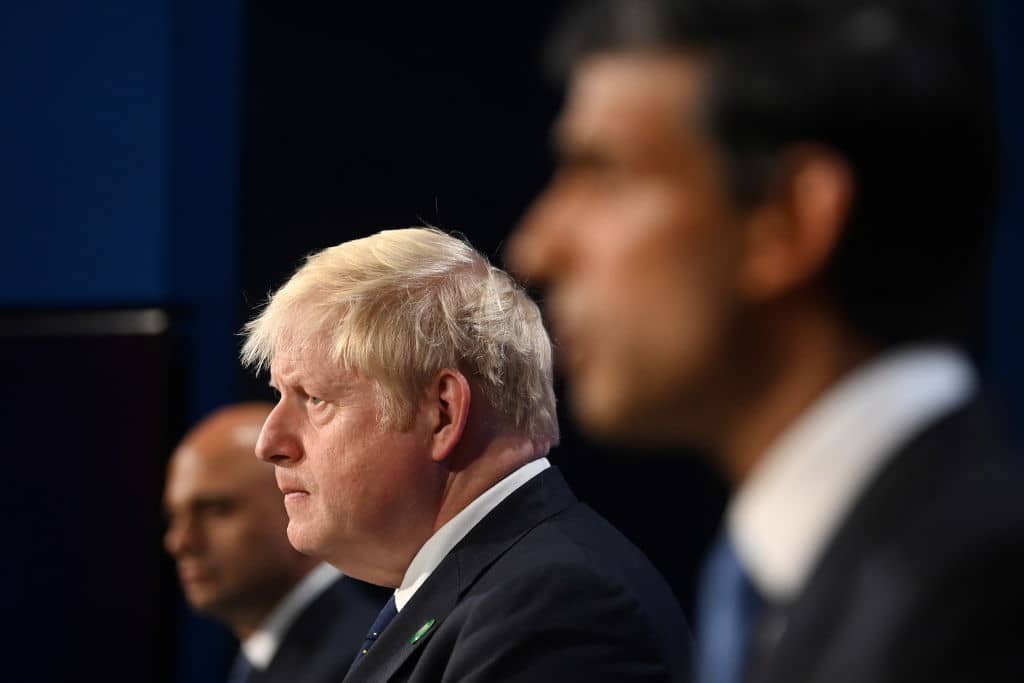One of the most dubious and meaningless parts of today’s health and social care plan is the pledge that the new tax will be a ‘legally hypothecated levy’ – ring-fenced so that the money raised can only go to health and social care services.
It’s dubious in the same way that the Tory manifesto pledge not to raise taxes turned out not to be worth the paper it was printed on. And it’s meaningless because a government that wants to unlink the tax could just pass a law doing that – and no legal ring-fence can stop it. It’s also worth remembering that the ring-fence around health and social care is a red herring. What is really necessary is a barrier between the two.
The plan for the money raised by the tax is that initially the bulk of it will go the NHS to help clear the backlog in cases. For the first three years after the extra money starts flowing in, £5.4 billion a year will be for social care. The rest of the £12 billion Boris Johnson says his tax will raise goes to the health service. After that, once the backlog is allegedly cleared, the money for social care will increase.
Staffing was a problem before the pandemic, and has only got worse now that healthcare workers are utterly exhausted
The obvious problem with this is that the backlog might not be cleared quite so easily. For one thing, no-one knows how big it actually is, as patients are still coming forward for treatment. That’s why Sajid Javid and NHS chief Amanda Pritchard keep warning that waiting lists are going to go up before matters improve.
Secondly, there isn’t as yet a plan for tackling the backlog. Staffing was a problem before the pandemic, and has only got worse now that healthcare workers are utterly exhausted and in some cases planning to leave the NHS or significantly scale back their hours.
Tory backbencher Damian Green, who has himself spent some years working on social care reform plans, both in and out of government, put his finger on the real question that ministers just aren’t able to answer when he responded to Johnson’s statement in the Commons this afternoon. He asked:
‘There has been much debate about how the money is being raised, but of more concern is how the money is going to be spent. My fear is that, once you start spending on perfectly proper things like the NHS backlog, there will never come a point where there is enough money in the new fund to transfer to social care, which needs it now. You cannot spend the same pound twice. So can my right hon. friend guarantee that the social care sector will itself see a significant uplift in its support in the immediate future?’
The Prime Minister responded:
‘My right honourable friend has done great work on this subject and I am indebted to him for some of the advice that he has given to me personally about how to proceed in this. He is right in what he says. The issues is making sure that the funding goes where it is needed and that it is specifically ring-fenced. The investments in social care will be protected by the Government and by the Treasury.’
Talking today to figures in the care and NHS worlds, it’s difficult to find anyone who thinks there is a point at which the NHS won’t need more money in the coming years. Health service bosses have become far more attuned to the importance of investing in social care and saving their own services money. But that doesn’t extend to saying they don’t need the money and handing it to social care: they’d rather there just be extra money all round. They also know which service remains the most salient in voters’ minds. As do politicians.







Comments